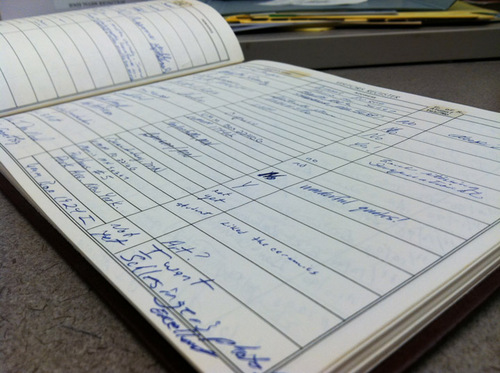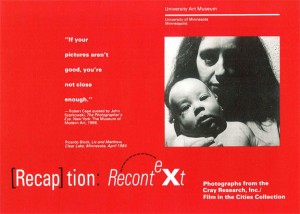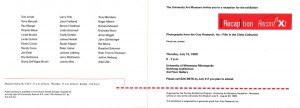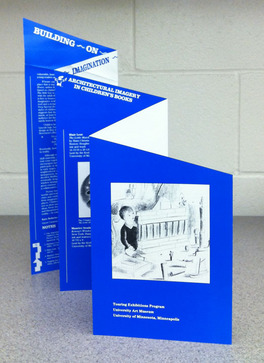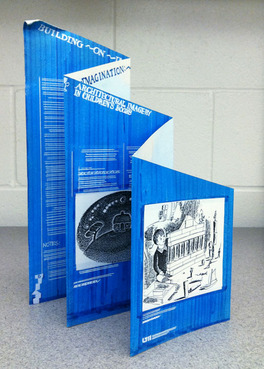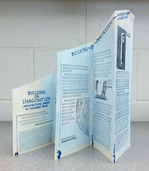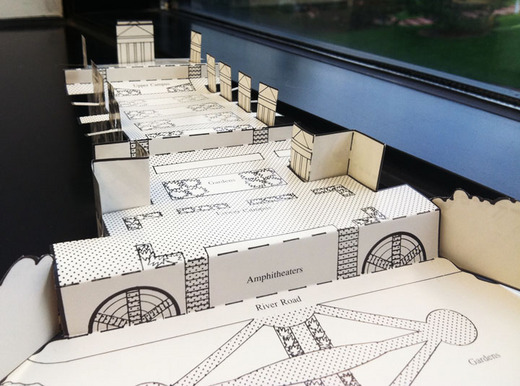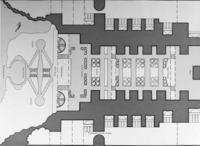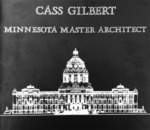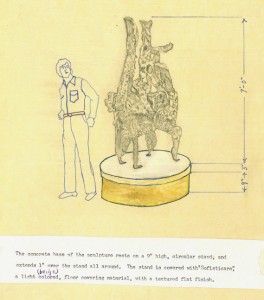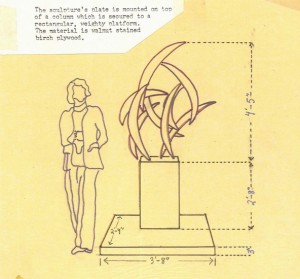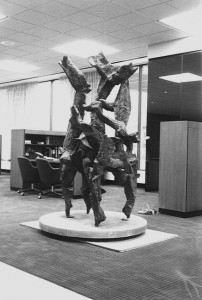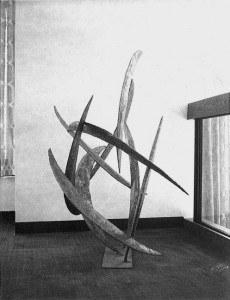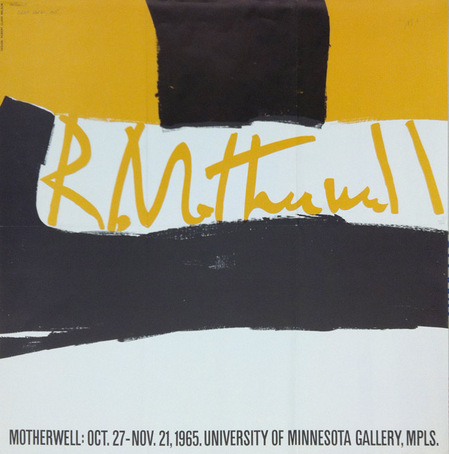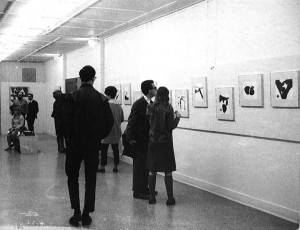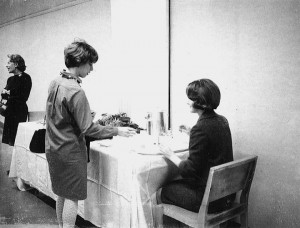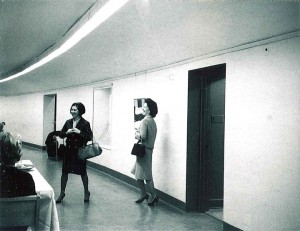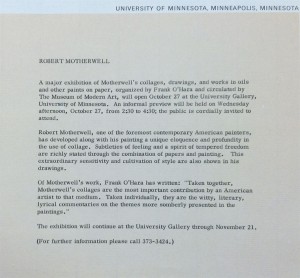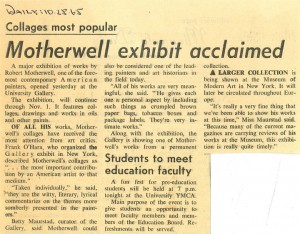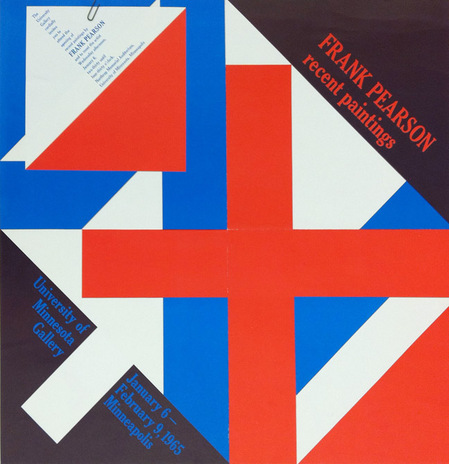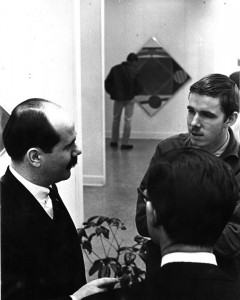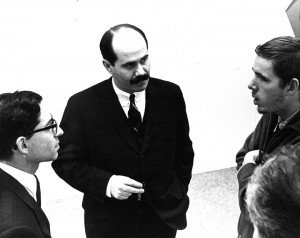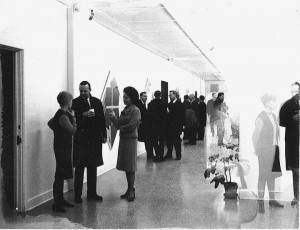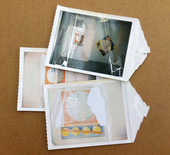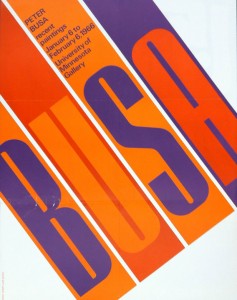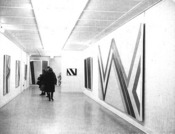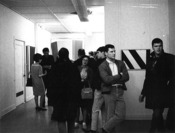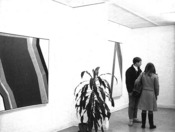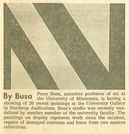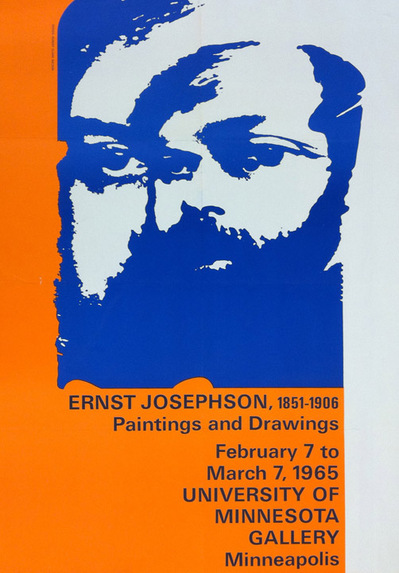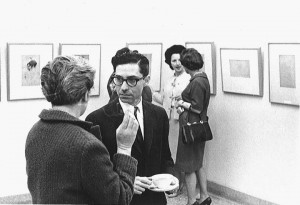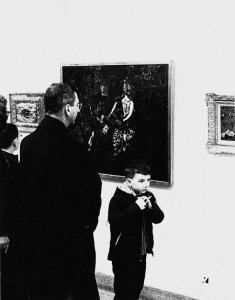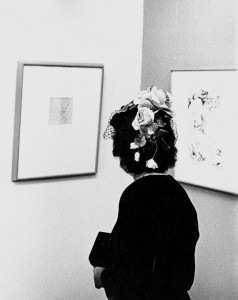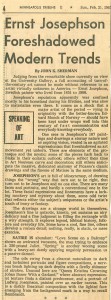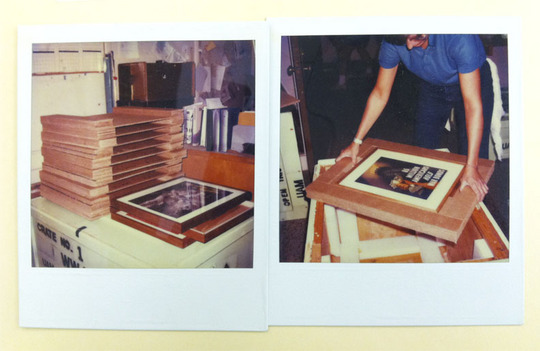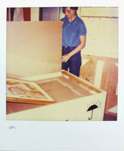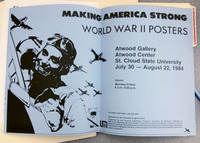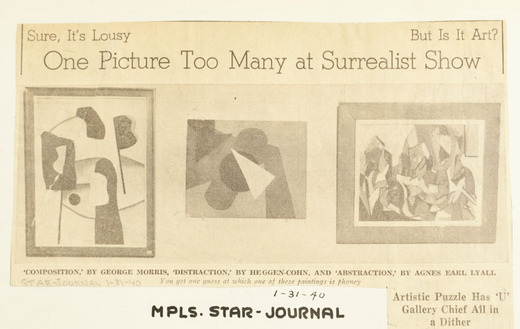
The caption reads: “‘Composition’ by George Morris, ‘Distraction’ by Heggen-Cohn, and ‘Abstraction’ by Agnes Earl Lyall. You get one guess at which one of these paintings is phoney (sic).”
Long before British artist Banksy snuck his paintings onto the walls of several venerable art museums in New York, a pair of University of Minnesota students pulled a similar prank at the University Gallery. In the WAM collection of press clippings from 1940, I found a series of newspaper articles outlining the drama. The January 31, 1940 Star Tribune newspaper article states:
There’s one too many paintings in the abstract art exhibit in Northrop auditorium, and how it got there or what to think of it is baffling the campus…. It’s title is “Distraction,” and it is signed by Heggen-Cohn…. Two fellows by the names of Vic Cohn and Tom Heggen are registered at the university. But they can’t be guilty. Neither owns a beret.
In a Minnesota Daily article from February 1st, juniors Vic Cohn and Orlo Heggen are revealed as the perpetrators, saying, “We done it for the art.” In a Star Tribune story that same day, they confessed to owning a beret, but claimed neither had ever worn it in public. Cohn and Heggen gifted Distraction to University of Minnesota Dean Malcolm Willey, stating, “We would like to have it hung where art lovers will appreciate it.” I wonder whatever became of Distraction?
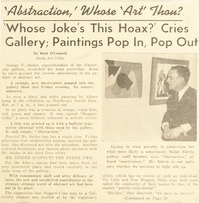
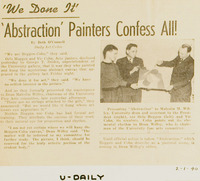
Clippings from the University Daily, Jan. 31 and Feb. 1, 1940
